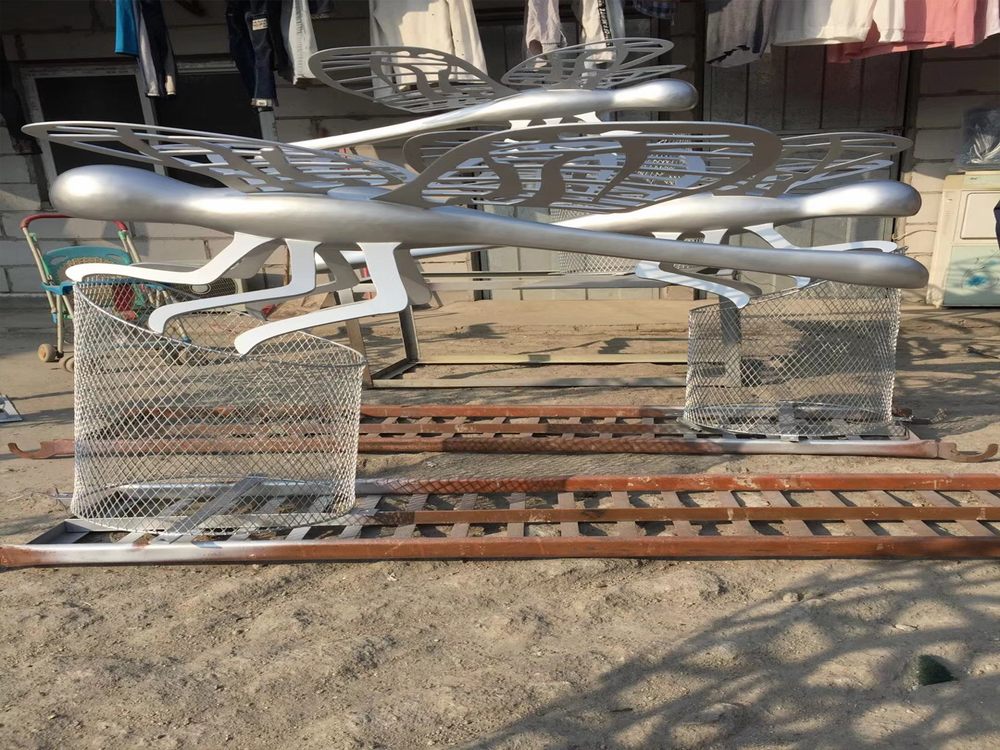
Stone sculptures have long been a powerful medium for artists to enhance architectural spaces, merging artistry with structural design. These sculptures serve not only as decorative elements but also as cultural symbols, adding depth and meaning to buildings and public areas.
One key way artists utilize stone sculptures is by creating focal points within architectural layouts. Large-scale sculptures in plazas or courtyards draw attention, guiding visitors through spaces while evoking emotional responses. For example, abstract stone forms in modern office lobbies can instill a sense of innovation, while classical figures in museums reinforce historical narratives.
Beyond aesthetics, stone sculptures often reflect local heritage. Artists incorporate regional motifs or traditional carving techniques, turning buildings into storytellers of cultural identity. In religious architecture, intricately carved stone reliefs or statues deepen spiritual ambiance, transforming walls into sacred art.
Durability is another advantage. Unlike temporary installations, stone sculptures withstand time and weather, making them ideal for outdoor architectural enhancements. Cities use them in parks or transit hubs to create lasting landmarks that engage communities.
Ultimately, stone sculptures bridge the gap between art and architecture, turning functional spaces into immersive experiences. By balancing form, symbolism, and craftsmanship, artists ensure these works resonate with both the environment and its inhabitants.

